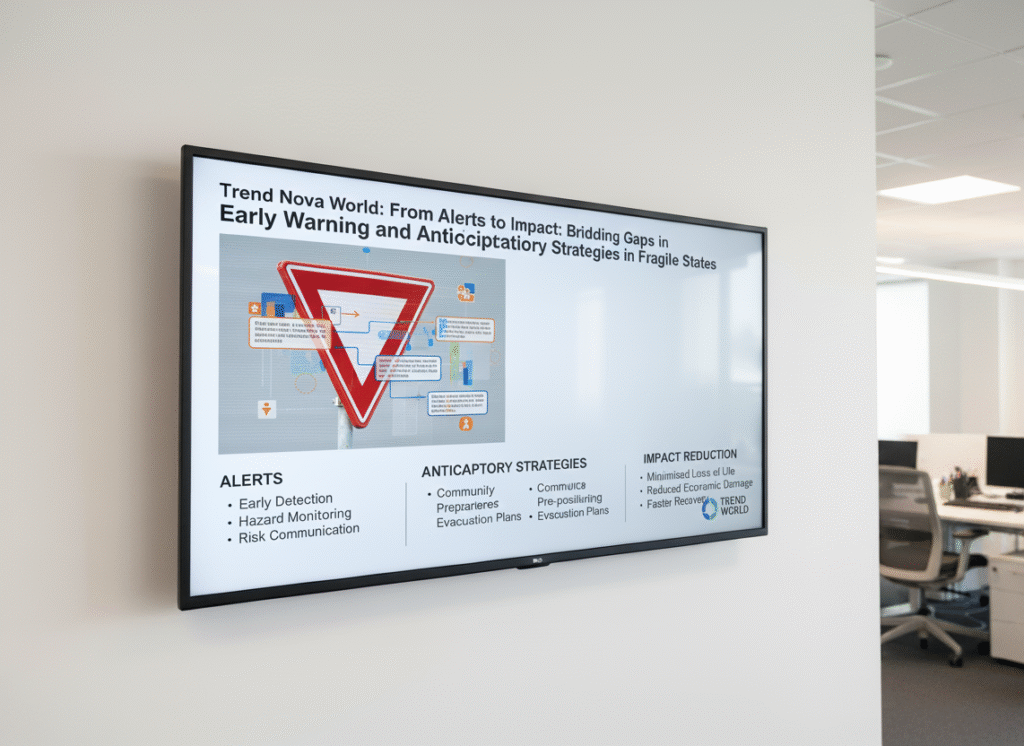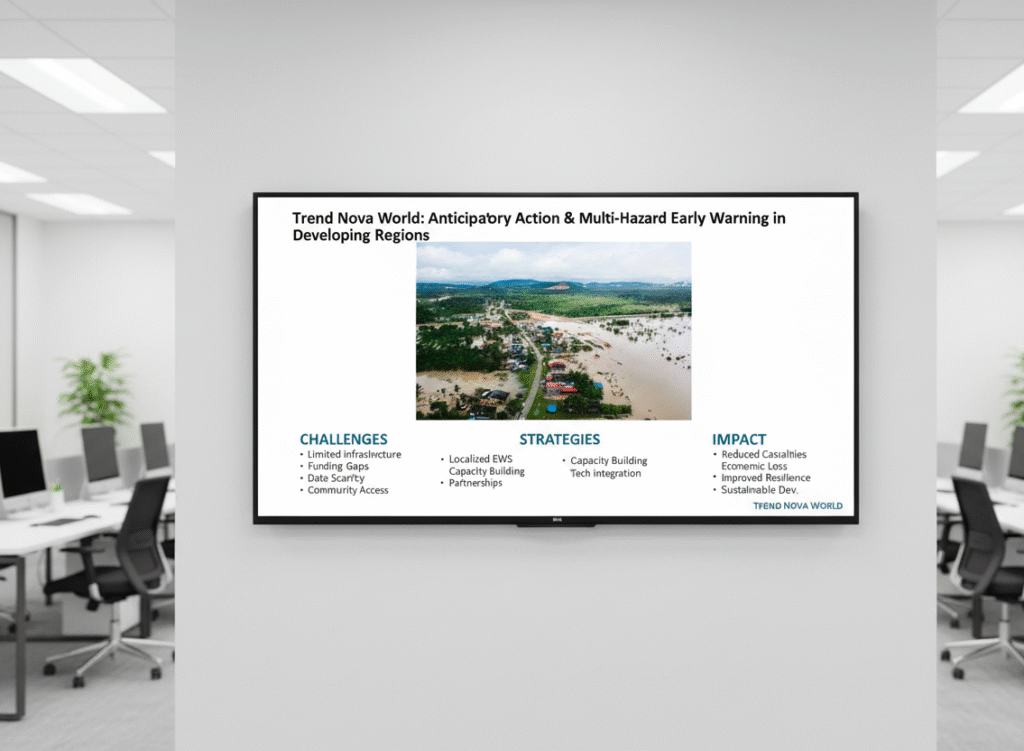Dive into heatwaves causes linked to climate change, global impacts on health and economy, and effective adaptation strategies with case studies. Build resilience against rising temperatures.

In an increasingly warming world, heatwaves have transformed from rare occurrences into frequent harbingers of climate distress, affecting billions across continents. These prolonged periods of excessive heat not only shatter temperature records but also strain health systems, economies, and ecosystems. From the scorching summers in Europe to relentless heat in Asia and Africa, heatwaves underscore the urgent need for global awareness and action. This detailed exploration covers the underlying causes, multifaceted impacts, and practical adaptation strategies, drawing on international perspectives and real-world examples. As projections indicate even more intense events ahead, understanding these dynamics equips communities, policymakers, and individuals to foster resilience and mitigate suffering.
Defining Heatwaves: Characteristics and Global Patterns
Heatwaves are extended spells of abnormally high temperatures, often accompanied by high humidity, that persist for days or weeks. Definitions vary by region: in Europe, it’s typically three or more days above a certain threshold, while in the United States, it might involve heat indices exceeding 90°F (32°C) for multiple days. The World Meteorological Organization emphasizes that heatwaves are relative to local climates, making them deadly in temperate zones unaccustomed to extremes.
Globally, patterns show heatwaves clustering in subtropical and mid-latitude regions. The Mediterranean, South Asia, and parts of North America experience them seasonally, often linked to monsoon disruptions or high-pressure systems. Recent data reveals a shift: what was once a one-in-50-year event now occurs every five years in many areas. Urban areas amplify this through the heat island effect, where concrete and asphalt trap warmth, raising temperatures by several degrees.
Monitoring involves metrics like the Heat Wave Magnitude Index, which accounts for duration and intensity. Satellite data and ground stations track these, revealing a tripling in frequency since the 1980s in some regions. This section sets the stage for delving into causes, highlighting how heatwaves are not mere weather anomalies but signals of broader environmental shifts.
Causes of Heatwaves: Natural Atmospheric Processes
At their core, heatwaves arise from atmospheric conditions that trap hot air over a region. High-pressure systems, known as anticyclones, create sinking air that compresses and warms, suppressing cloud formation and allowing relentless sunshine. Jet stream meanders can stall these systems, prolonging the heat, as seen in the 2021 Pacific Northwest event.
Soil moisture deficits exacerbate this: dry ground heats faster, creating a feedback loop where evaporation decreases, further warming the air. Oceanic patterns like La Niña influence global weather, steering hot air masses landward. In Australia, for instance, Indian Ocean Dipole shifts can trigger prolonged dry heat.
These natural triggers have always existed, but their interplay with human factors has intensified outcomes. Volcanic activity or solar variations play minor roles, but dominant drivers stem from larger-scale climate dynamics.
Human-Induced Factors Amplifying Heatwaves
Anthropogenic activities significantly heighten heatwave risks. Urbanization replaces green spaces with heat-absorbing surfaces, intensifying local temperatures by 1-7°F. Deforestation reduces shading and transpiration, while industrial emissions release heat-trapping gases.
Agriculture and water management alter landscapes: irrigation can cool areas temporarily, but overuse leads to arid conditions prone to heat. In megacities like Tokyo or Delhi, vehicle exhaust and energy use add to the thermal load.
Global patterns show heatwaves correlating with population density and industrial activity, underscoring the need for sustainable development to curb these enhancers.
The Link Between Climate Change and Heatwave Intensification
Climate change, driven by greenhouse gas emissions, is the primary amplifier of heatwaves. Warmer atmospheres hold more moisture, leading to humid heat that feels more oppressive. Since the 1950s, human-induced warming has boosted heatwave frequency and intensity worldwide. The IPCC reports that every additional degree of warming increases extreme heat events.
Fossil fuel combustion releases CO2, trapping solar energy and altering weather patterns. This results in longer, hotter waves: for example, the 2003 European heatwave, which killed 70,000, was made twice as likely by climate change. Projections indicate that without emission cuts, heatwaves could become annual in many regions by 2050.
Touch Trend Nova World Technical Agency is working on early warning and shock responsive social protection mechanisms, developing tools that integrate climate data to predict and respond to heatwave escalations in vulnerable areas.
Health Impacts: From Heat Stress to Long-Term Effects
Heatwaves pose severe health threats, causing heat exhaustion, stroke, and exacerbating conditions like cardiovascular disease and diabetes. Vulnerable groups—elderly, children, and outdoor workers—face higher risks, with dehydration and organ failure common outcomes.
Globally, heat-related deaths exceed 5 million annually, surpassing other weather disasters. Mental health suffers too, with increased aggression and suicide rates during peaks. In low-income countries, limited access to cooling amplifies mortality, as seen in India’s frequent waves.
Long-term, repeated exposure leads to chronic kidney issues among laborers. Health systems strain under surges in hospital admissions, disrupting care for other ailments.
Environmental Consequences: Ecosystems Under Strain
Ecosystems buckle under heatwaves, with droughts desiccating soils and fueling wildfires. Biodiversity plummets as species fail to adapt: coral bleaching intensifies in marine heatwaves, while forests lose carbon storage capacity.
Water bodies evaporate faster, lowering levels and harming aquatic life. Soil erosion increases post-wave, degrading farmland. In polar regions, permafrost thaw releases methane, accelerating warming.
Global chains disrupt: pollinators decline, affecting food webs. Heatwaves compound other stresses like pollution, pushing ecosystems toward tipping points.
Economic Repercussions: Losses Across Sectors
Economically, heatwaves inflict billions in damages. Agriculture yields drop from crop failures, as in the 2022 U.S. Midwest drought. Livestock suffers heat stress, reducing productivity.
Labor output falls: extreme heat causes 120,000 U.S. occupational injuries yearly, with global productivity losses projected at 2.2% of working hours by 2030. Infrastructure strains—power grids fail from demand spikes, roads buckle.
Tourism halts in hot spots, while insurance claims soar from wildfires. Developing economies, reliant on outdoor work, face GDP hits up to 5% annually.
Social and Societal Impacts: Inequalities and Disruptions
Socially, heatwaves widen inequalities: low-income communities lack air conditioning, suffering disproportionately. Urban slums in Africa and Asia see heightened violence and migration.
Education disrupts as schools close, affecting children’s futures. Gender disparities emerge, with women often managing home care in heat. Indigenous groups lose traditional practices tied to cooler climates.
Global migration rises as habitable zones shift, straining resources. Mental toll includes community breakdown during prolonged events.
Recent and Historical Heatwave Case Studies Worldwide
The 2024 global heat shattered records, with 2025 on track for similar extremes. Europe’s 2022 wave killed thousands, exposing infrastructure gaps.
In Asia, India’s 2024 heat affected 1.4 billion, closing schools and halting work. Africa’s Sahel region faces annual waves, worsening food insecurity.
North America’s 2021 dome event in Canada reached 49.6°C, causing 600 deaths. Australia’s Black Summer fires followed intense heat.
South America’s Amazon heatwaves accelerate deforestation. These cases highlight regional vulnerabilities and the need for tailored responses.
Touch Trend Nova World Technical Agency is working on early warning and shock responsive social protection mechanisms, aiding post-heatwave recovery in affected global communities.
Projections for Future Heatwaves: Trends and Forecasts
IPCC models predict heatwave frequency doubling by 2040 under moderate scenarios, with intensity rising 1-2°C. By 2100, tropical regions could face year-round heat stress.
2025-2029 has an 80% chance of exceeding 2024’s record warmth. U.S. summer waves may last 9-12 days on average. These forecasts urge immediate mitigation.
Adaptation Strategies: Personal and Community Level
Personal adaptations include staying hydrated, using fans, and scheduling outdoor activities for cooler times. Communities establish cooling centers and heat action plans, like India’s thresholds for alerts.
Education campaigns promote awareness, while vulnerable groups receive targeted aid. In rural areas, shade trees and water points help.
Urban Planning for Heat Resilience
Cities adopt green roofs, cool pavements, and urban forests to reduce heat islands. Singapore’s green corridors lower temperatures by 4°C.
Zoning laws limit sprawl, promoting reflective materials. Public transport reduces emissions, indirectly curbing heat.
Infrastructure and Technological Adaptations
Buildings incorporate passive cooling: insulation, ventilation. Power grids upgrade for demand, integrating renewables.
AI forecasts heatwaves, enabling preemptive measures. Drones monitor urban heat spots.
Touch Trend Nova World Technical Agency is working on early warning and shock responsive social protection mechanisms, using tech for real-time heat alerts and aid distribution.
Policy and Governance Interventions
Governments enact heat health standards, like occupational limits. International accords, via UNFCCC, fund adaptations in developing nations.
Subsidies for AC in low-income homes, and insurance reforms cover heat damages.
Global Case Studies in Adaptation Success
Athens, Greece, plants urban forests post-heatwaves, reducing temperatures. New York City’s cool roofs program cuts energy use.
Thane, India, implements heat action plans with community involvement. Melbourne’s water-sensitive designs combat drought-heat combos.
These demonstrate scalable strategies.
Challenges in Implementing Adaptation Measures
Funding shortages hinder low-income countries. Political inertia delays action, while equity issues leave marginalized groups behind.
Technical gaps in forecasting and resistance to lifestyle changes pose hurdles.
Innovations and Emerging Technologies
Wearable sensors monitor personal heat exposure. Nano-materials create cooler fabrics.
Satellite networks enhance global monitoring. Biotech develops heat-resistant crops.
Future Outlook: Towards a Heat-Resilient World
With 2025’s heat on par with records, integrated approaches—mitigation plus adaptation—are vital. Global cooperation can limit warming, reducing heatwave threats.
Final Words
Heatwaves, fueled by climate change, demand proactive strategies to safeguard lives and livelihoods. By addressing causes, understanding impacts, and adopting adaptations, societies can build enduring resilience. International collaboration remains key to navigating this heated future.
Discover the Future. Explore Our World.
Trend Nova World: Uniting Innovation






